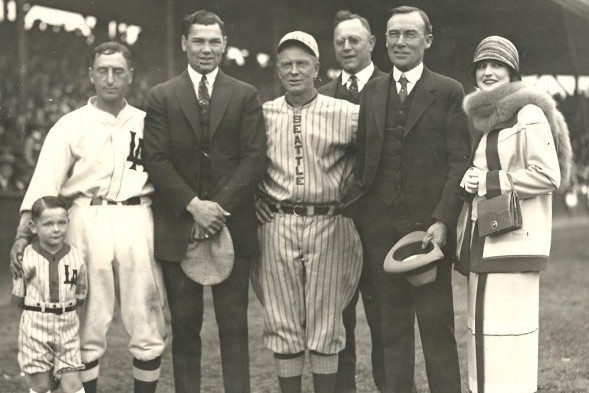
By David Eskenazi and Steve Rudman
During the years (1989-99) Ken Griffey Jr. patrolled center field in the Kingdome, the Mariners kept a running tally of the almost-absurd number of left fielders who played adjacent to the 10-time All-Star. A couple of dozen ultimately did so, starting with Greg Pee Wee Briley (April 3, 1989) and ending with Shane Monahan (Oct. 3, 1999). The Mariners never did find the right solution in left during Griffeys prime.
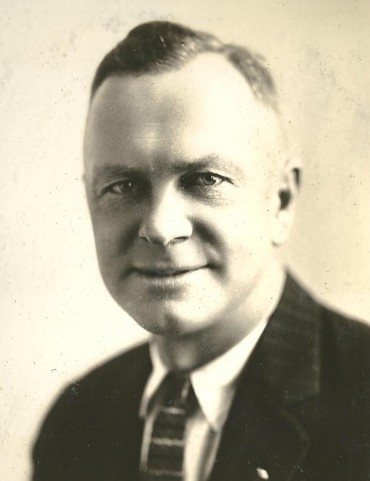
Nor have the Mariners located one since (although Mike Carp might be the guy), having run through Al Martin, who once insisted he played football at USC when he hadnt, and Milton Bradley, DL’d for emotional distress. Even the memorable Carl Everett, who had denied the existence of dinosaurs, got in a game in left field for the Mariners (July 22, 2006).
With few notable exceptions, left field has been a boneyard for Seattles professional baseball franchises. Before the Griffey era, Tom Paciorek (1978-81)) and Phil Bradley (1983-87) did commendable, although hardly long-term, work at the position.
Before Paciorek and Bradley, when The Sporting News occasionally referred to Seattle as “the remotest minor league bush town,” notable left fielders included Jo Jo White, who starred for the Rainiers during their championship years (1939-41), and Walt Judnich, who hit .300 with 15-20 home runs per year from 1950-53.
Decades before White and Judnich, Ray Rohwer played left field as well as anyone wearing Seattle togs ever has.
Rewind to April 26, 1924, Dugdale Park (the site where Sicks’ Stadium would one day go up courtesy of Emil Sick), more than 8,000 spectators, one of the largest crowds in Seattle baseball history, jammed the facility to watch the Indians battle the Sacramento Solons and their Pawnee pitcher, Moses J. Chief Yellow Horse.
Yellow Horse had Seattle in a 6-2 ditch when the Indians came to bat in the eighth, but suddenly caved under an avalanche of five runs on six hits, a hit batsman and a walk, finally ceding a 7-6 win to Seattle.
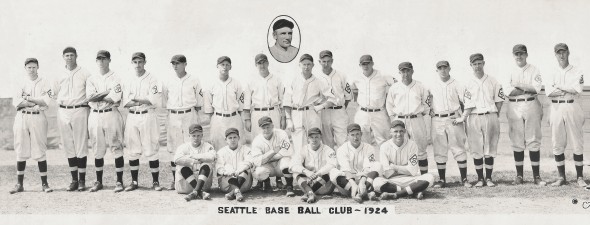
Henry Baldwin, aka Ted, and actually born Henry Clay, had the major blow of the inning, a home run over Dugdale’s right field garden wall with Rohwer, who had singled, preceding him across the plate.
Rohwers would have been an ordinary single except that it came after he dinged Yellow Horse for a home run and a triple and worked him for a walk. The single marked the 13th consecutive at bat, dating to the previous Thursday (April 24), that Rohwer had reached base.
Four hits, two of them triples, a base on balls Thursday, and four consecutive bases on balls Friday. A base on balls and three consecutive hits Saturday, chronicled The Seattle Times.
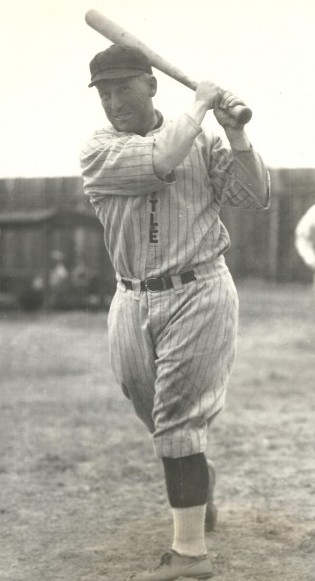
That is Rohwers record. Tris Speaker made 11 consecutive hits July 8-10, 1920, the best record ever made. Rohwer hasnt equaled that record in actual hitting, but he has passed it when consecutive trips to the plate and reaching first base are considered.
Rohwers 3-for-3 with a walk at Yellow Horses expense left the Indians with a 7-10 record. For a team picked to contend for the Pacific Coast League championship, 7-10 hardly suggested title material, but Rohwer’s prowess gave the Indians their fourth straight win after a 3-10 start, to the great relief of manager/owner Wade “Red” Killefer, among the many who had predicted contention for the Indians.
Born April 13, 1885, in Bloomington, MI., and primarily an outfielder and second baseman during a seven-year major league career, Killefer had pots of coffee with Ty Cobbs Detroit Tigers, Walter Johnsons Washington Senators, Buck Herzogs Cincinnati Reds and Christy Matthewsons New York Giants before his career took him to the PCLs Los Angeles Angels for an extended run beginning in 1917.
Killefer never hit much in the majors, although he went 2-for-4 and scored a run against Cy Young May 12, 1908, but he excelled in the PCL, batting .294 in 14 seasons with a .320 mark in 1919.
By then, Killefer already had two years under his belt as a player/manager, his chance to run a ball club coming July 3, 1917, when Angels manager Frank Chance, former ally of Tinker and Evers, resigned, citing poor health. Chance recommended that Killefer replace him.
Of course I jumped at the chance to handle the team, as I had always wanted to try my hand at it, Killefer told The Los Angeles Times.
We had a corking good ball club, but Chance had been too strict a taskmaster and everybody was all tightened up, afraid to play naturally. They played their heads off for me.
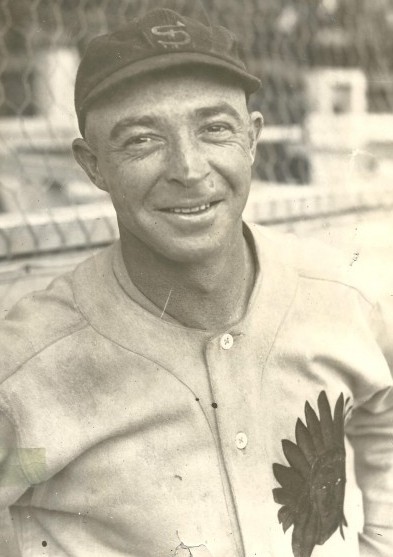
A huge fan of his own abilities, Killefer had one ambition higher than managing. He wanted to own a ball club, the chance presenting itself in November of 1922 when, working for the Angels, he attempted to make a trade with the Indians.
The deal for the Seattle baseball club originated in the mind of Wade Killefer, who will undoubtedly be manager, when he was trying to arrange a trade for Elmer Jacobs and Billy Lane to go to his club while Dixie Carroll, Marty Krug, Art Griggs and Doc Crandall were to come to Seattle, explained The Times.
Killefer, in talking with James R. Boldt, then president and principal owner of the Indians (and a prominent Seattle restaurant owner), found that Danny Long of San Francisco and Charles Comiskey, owner of the White Sox, had an option on the Seattle club.
Killefer and Charles Lockard (Angels business manager) had been trying for two years to get into baseball as magnates. They had tried the Oakland, Sacramento and Vernon clubs but found the prices either too stiff or that their owners did not want to sell.
Killefer kept a close eye on the Seattle situation and when the Comiskey option expired he and Lockard went to work.
“The deal was consummated at 4:30 o’clock (March 19, 1923) and the news exploded like a bombshell in Seattle and on the Coast.
Lockard has been vice president and business manager of the Los Angeles club for two years. Killefer is the most popular manager who ever handled the Angels. His younger brother, Bill, manages the Chicago Cubs.
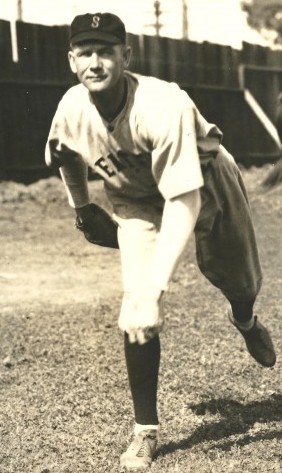
Killefer and Lockard paid about $150,000 for the franchise, Killefer, an off-season walnut and avacado grower, using profits from his 1921 walnut harvest ($4,000) as part of the down payment.
Nicknamed “Lollypop” and “Radiant Red,” and a man whom the Times described as the gamest, nerviest, smartest baseball player the Pacific Coast League ever saw, Killefer had a mind to oust popular manager Harry Wolverton, a nine-year major league veteran and one-time skipper of the New York Highlanders (1912).
But when Indians players threatened to strike if Killefer did the deed, Killefer appointed himself the team’s traveling secretary and waited his chance to take over the club.
It came July 7, 1923, with the Indians languishing in fourth place. According to The Sporting News archives, The players accepted the sorel-topped Killefer as their boss without a squawk.
In Seattles final 101 games, the Indians went 53-48 as left fielder Rohwer hit .325 with 37 home runs, Ross “Brick” Eldred batted .353 with 262 hits, and pitchers Harry Gardner (22) and Vean Gregg (17) collaborated for 39 of the clubs 99 wins.
Killefer told Seattle newspapers he expected a championship in 1924, but the Indians, opening with road trips in Los Angeles and Salt Lake City, struggled, inexplicably unable to hit through their first two series.
By the time the Indians opened their home schedule at Dugdale Park, they lagged in last place. But Rohwers 13-for-13 got them going.
Born April 5, 1895, in Dixon, CA., Rohwer spent parts of two seasons (83 games, 1921-22) with the Pittsburgh Pirates after playing at the University of California and serving in the Army during World War I.
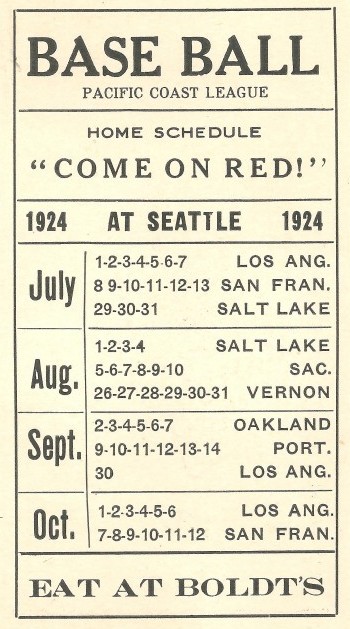
Rohwer might have lasted in the majors, but Pittsburgh turned out to be the wrong place, and 1921-22 the wrong time.
In 1922, Rohwer tried to break into a Pittsburgh outfield that included Carson Bigbee and Max Carey (future Hall of Famer). Rohwer got off to a nice start, lifting his average to .393, his OBP to .414 and OPS to 1.021 by May 15.
In late June, Rohwer produced 14 hits in five games, but a slump followed, and he lost any chance of remaining in the lineup when Reb Russell showed up from the Minneapolis Millers and went on a batting tear.
By the time the season ended, Rohwer had played in 53 games, hitting a respectable .295. But Russell batted .368, Bigbee .350 and Carey .329.
Deeming Rohwer valuable as a trading commodity, Pittsburgh dealt him to Portland of the PCL following the 1922 season. On Dec. 6, Portland sent him, along with Sherriff” John Fred Blake, cash and a player to be named later, to Seattle for touted prospect Spencer Adams.
Killefer made Rohwer his left fielder. In right, he had Eldred, who started his pro career with the 1916 Salt Lake Bees and later played for Dan Dugdale’s Seattle Giants of the Northwest League (see Wayback Machine: Seattle Struck Gold In Dugdale).
Standing 5-foot-6½ and weighing 173 pounds (thus his nickname “Brick”) Eldred was a prodigious batter, hitting .319 for the 1921 Indians and .354 and .353 over the next two seasons while producing 260 (1922) and 262 hits (1923).
Representative of Eldred: July 7, 1920, 5-for-5 with a home run, triple, double and two singles in an 8-6 Seattle win over Oakland; July 30, 1921, 5 RBIs in a 7-2 win over Oakland; Aug. 25, 1921, 3-for-4, two doubles in a 3-2 win over Vernon; May 16, 1922, two home runs, six RBIs, stolen base and four runs scored in an 11-8 win over Salt Lake City.
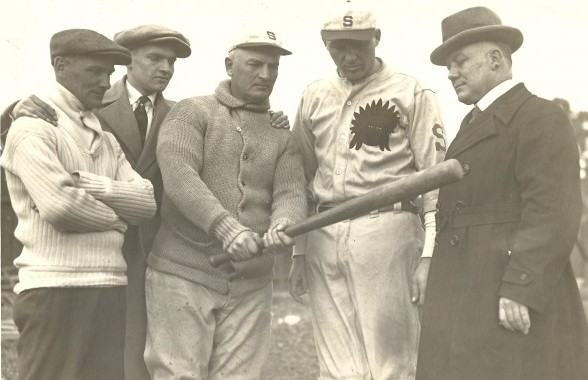
Killefer used speedster Billy Lane, acquired from Oakland in 1921, in center and as his leadoff hitter, giving Seattle an outfield that, from left to right, would hit .325, .336 and .351, respectively, with Rohwer supplying the power with 33 home runs. The 1924 Seattle Indians would need every last decimal point of those stats.
Killefer usually hit 5-foot-5 Cliff Brady (2B) second behind Lane, shortstop Sam Crane third ahead of Eldred, first baseman Elmer Bowman fifth ahead of Rohwer, third baseman Ted Baldwin seventh and catcher Red Baldwin eighth.
Brady, Crane (convicted of murdering his girlfriend in 1930 and would have spent the rest of his life in prison if not for an intervention by Connie Mack) and Bowman all had substantial major league experience. Of the three, Bowman was the best athlete. He had been a great football player at the University of Vermont and, two years before joining the Indians, won the Eastern League batting title with a .365 average to Jim Thorpe’s .344.
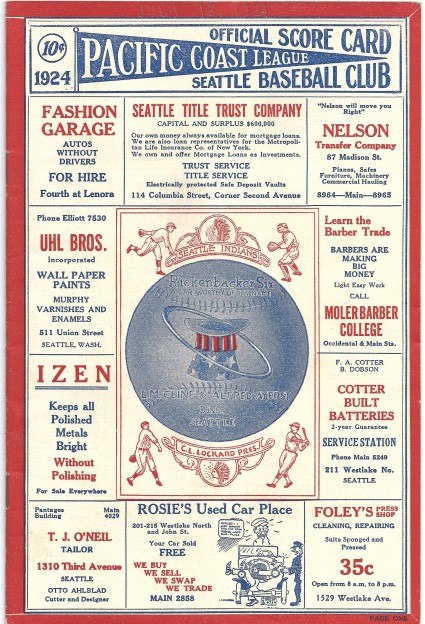
Killefer’s oldest position player, 37-year-old utility man George Cutshaw, had spent 12 years in the majors, mainly with Brooklyn and Pittsburgh. Years after the fact, SABR (Society for American Baseball Research) would vote Cutshaw the top major league second baseman for the period 1910-20.
Early on, Killefer experimented with a five-man rotation, making him a rarity among managers of his day (some, not all, historians credit Killefer with pioneering the five-man rotation).
Killefer’s principal throwers, which he used to start and relieve, depending on matchups and sore arms, included George Stueland, Jim Bagby (whose son, Jim Jr., would pitch in the majors), Percy Jones, Suds Sutherland, Wheezer Dell and Bill Plummer (whose son, Bill Jr., would play for the 1978 Mariners and manage the 1992 Mariners).
By far Killefer’s best and most experienced — moundsman was Sylveanus Augustus Vean Gregg, born April 13, 1885 in Chehalis, WA.
Gregg began his career in 1909 with Spokane of the Northwest League. A year later, he moved to the PCL, pitching 14 shutouts for Portland. Gregg reached the majors in 1911, when he won 23 games (23-7) for the Cleveland Naps while leading the league with a 1.80 ERA.
Ty Cobb and Eddie Collins called Gregg the best left-hander in the league that year. Gregg also won 20 games in both 1912 and 1913, becoming the only pitcher in the 20th century to win 20 in his first three major league seasons.
Gregg pitched for the Boston Red Sox (1914-16) and Philadelphia Athletics (1918) before joining the Indians in 1922 after suffering a series of arm injuries. He won 19 games for the Indians that year and 17 more in 1923. For Killefer in 1924, Gregg would win 25, and the Indians would need every one.
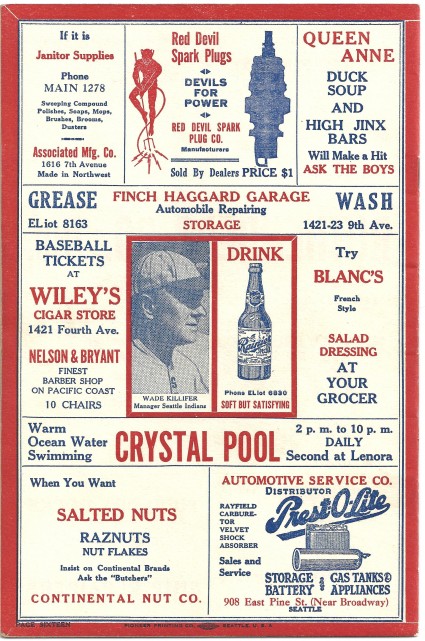
Killefer admitted his players “were not in shape” when the season began with road trips to Los Angeles and Salt Lake City, blaming their lack of conditioning on foul weather during spring training at Elsinore, CA.
Concurrent with a road trip that produced just three Indians wins in 13 games, the San Francisco Seals roared out of the gate.
At the start of May, the Seals stood 19-9 to Seattles 11-16. The Indians reached .500 (19-19) and took over fourth place May 17 by beating the Oakland Oaks 12-11 on Elmer Bowmans home run in the ninth inning, but Seattle still stood six games behind the Seals (27-15).
“We may not win the pennant, but well be far enough out by the first of June that we will be hard to catch, said Seals manager Bert Ellison.
If I had one more reliable hurler Id feel like wed be a cinch to finish one-two-three, Killefer told Seattle scribes.
That prediction, of course, goes only in case we have no bad accidents. I have been offered a pair of pitchers from big league clubs, but neither man figures to be any better than the men I already have. Im not going to spend a lot of money on that that kind of men.
On May 22, the Indians beat Vernon and its ace, Frank Shellenback, 10-6, with a 16-hit effort, five by Bowman, who also swiped two bases and scored four runs in support of Gregg, who notched his fourth consecutive victory.
A day later, the Indians produced 14 more hits, two each from the top of the order, Lane, Brady, Rohwer and Eldred, in a 7-4 win over Vernon.
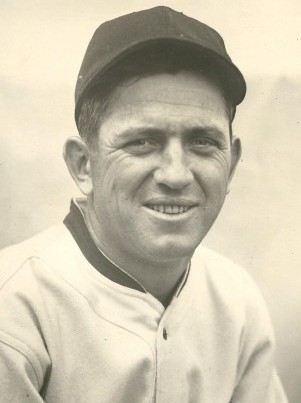
Seattle newspapers made much of a May 30 game at Dugdale Park since the starting pitchers, Bagby for Seattle and George Rube Foster of Oakland, both had World Series heroics to their credit.
Bagby had outdueled Burleigh Grimes in Game 5 of the 1920 World Series, going 2-for-4 with a home run. Foster had won Games 2 and 5 of the 1915 World Series for the Boston Red Sox.
Bagby prevailed 2-1, the winning run coming on Eldreds RBI double. The win gave the Indians a 26-25 record, the first time they had been above .500.
A week later, June 6, the Indians played one of their most extraordinary games of the season, beating Vernon 4-3 in 19 innings and taking over second place.
The Indians manufactured their winning rally on singles by Lane and Baldwin and successive sacrifices by Brady and Rohwer, but Wheezer Dell earned a good chunk of his $3,000 salary by throwing 18 scoreless innings. His counterpart, Ken Penner of the Oaks, only threw 16 of the same.
The Indians came back with an 8-6 victory over Vernon the next day in a game in which, as The Times described it, Frank Emmer (utility infielder) did something that in the memory of the oldest Seattle fan hasnt been duplicated in the Seattle park: He scored from second base on a fly to the outfield.
“That play has been made before,” The Times continued. “Ty Cobb did it several times in his prime. But Emmers execution of it was the first in the history of the Coast League.
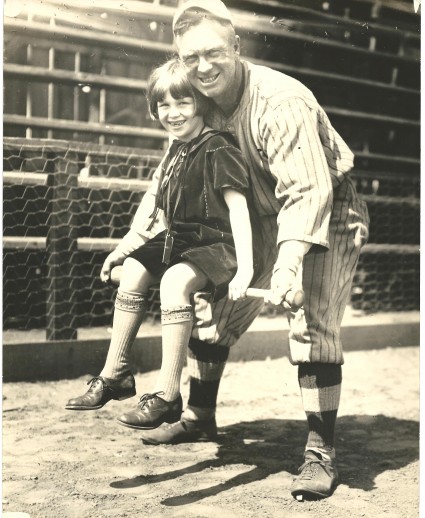
The Indians are playing championship ball, The Sporting News declared. “Men who have been regarded as just ordinary performers are playing flashy ball under the popular Red’s tutelage. The players have set their hearts on winning the rag.”
In the seven weeks following the Indians 3-10 start, Killefers charges went 32-17, winning five series and losing two, to San Franciscos 32-20.
Seattle had an opportunity to seize the lead when it left town on the Union Pacific June 10 for series in Portland, Sacramento and San Francisco. Killefer expressed confidence.
We are going to give San Francisco a trimming, stated Killefer. The hot weather will put us in the pink to battle the leaders off their feet. The Seals are a tough lot to beat at their own park, but we will be just about as tough ourselves if we keep up our hitting. Believe me, San Francisco is going to know it has been in a battle.
The trip didnt go as Killefer hoped. The Indians lost six of eight to San Francisco and Portland, won four of seven from Sacramento and returned to Seattle trailing the Seals by 5.5 games. Several Indians, Killefer included, also came home lighter in the wallet for arguing with umpires. On June 26, the PCL fined Killefer, Crane, Baldwin and Brady $10 each for jawing with umps.
The PCL also fined and suspended Killefer for an on-field slugfest with Vernon catcher Harry Hanson, and suspended him for two days and fined him an additional $20 for, as the Los Angeles Times reported, casting asparagus upon the honesty and probity of umpire Ed Finney by using offensive language.
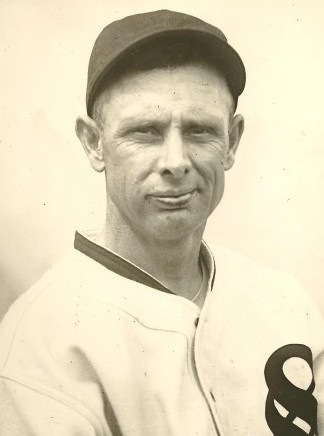
The Indians chewed away at the 5.5-game deficit and tied San Francisco for first place July 8, but then fell 2.5 games in arrears after the Seals came to Dugdale Park and took three of four despite three home runs by Rohwer.
The Indians spent the rest of the summer lagging in the standings by two to five games. On Aug. 23, a day after Wheezer Dell threw a 3-0 shutout, two significant events occurred, either of which could have derailed Seattles pennant aspirations.
The New York Yankees, seeking a pennant of their own, offered Killefer the astounding sum of $50,000 (the price Detroit would pay for Fred Hutchinson 14 years later) plus a pitcher and an outfielder for Gregg, who had 18 wins.
Killefer admitted the Indians needed the money and Killefer didnt want to deny Gregg the opportunity to pitch again in the major leagues. Not selling Gregg also risked turning Gregg into an unhappy player, but Killefer wanted his own pennant and rejected the Yankees offer.
“Gregg will play for me,” Killefer said.
The same day Killefer nixed the Gregg sale, Killefer learned that Lane, hit on the head by a pitched ball two days earlier, would miss the remainder of the season. With that, 21-year-old Jimmy Welsh moved into the lineup.
For most of August and September, the race involved the Seals and Indians. But Los Angeles began to surge. So did Seattle. Between Oct. 6-12, the Indians took six out of seven from from the Seals and moved into first place.
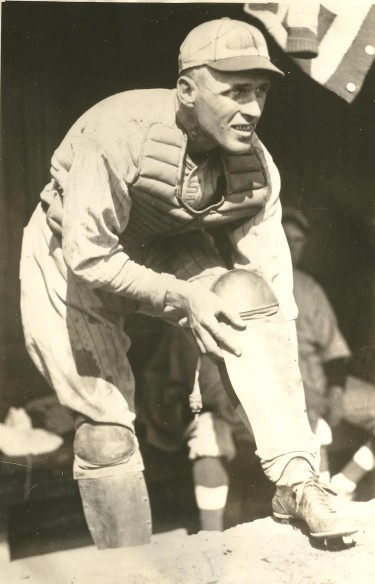
Ultimately, the Indians needed 109 wins to hold off San Francisco (108) and Los Angeles (107).
To reach 109 wins, the Indians also needed a season-ending 11-game winning streak, which they accomplished Oct. 19 by defeating Portland 12-4 in the first game of a doubleheader in the Rose City on the last day of the season (pennant clinched and apparently gassed, the Indians lost the nightcap 15-1).
There were many times during the heat of the pennant drive that the Indians appeared to be through, but Killefer always pulled them together,” wrote The Sporting News.
“Maybe, if the ‘best team’ did not win the pennant, the laurel wreath can be laid at the feet of ‘the best manager.'”
The pennant won by the Indians marked the first for the franchise as a member of the Pacific Coast League, and the first title won by a professional team representing Seattle since the Giants finished first in the 1915 Northwest League.
On the same day (Oct. 19) that Killefer’s Indians won the pennant in Portland, 6,000 fans showed up at Dugdale Park to watch a traveling team of major leaguers, led by Babe Ruth, put on an exhibition.
Ruth stole the show by hitting three long home runs over the right-field fence. In fact, The Times allocated almost as much ink to Ruth’s appearance as it did to the Indians’ pennant, the only one they would ever win.
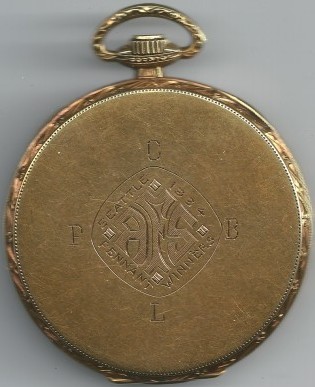
Seattle’s first PCL championship season did not exactly end on a high note. After the pennant clincher, Indians business manager Lockard arranged to bring the touring Brooklyn Dodgers, then playing as the Robyns, to town for an Oct. 24 game against Seattle.
Brooklyn featured future Hall of Fame outfielder Zach Wheat and two future Hall of Fame pitchers in Burleigh Grimes and Dazzy Vance.
The Robyns also employed Aberdeen native Jack Fournier, who had started his professional career with Dan Dugdale’s 1908 Seattle Siwashes, and was in the midst of his eighth season of hitting .300 or higher (high of .351 in 1923).
The Indians could have gone with any number of pitchers. Stueland had won 18 games, Babgy 16, Jones 13, Dell and Sutherland nine apiece. When the Indians announced the pitching matchup, Vance vs. Vean Gregg, fans quickly gobbled up all 12,000 tickets.
But a day before the game, rains came, washing out the contest. It continued to rain hard for 10 more days, also washing away almost all of scheduled nine-game series between the Indians and the American Association champion St. Paul Saints in what was billed the “Junior World Series.”
The Saints and Indians got in just one game, won by St. Paul, 12-4 in front of 8,000.
“Seattle fans are in mourning today,” The Times opined.
————————————-
Many of the historic images published on Sportspress Northwest are provided by resident Northwest sports history aficionado David Eskenazi. Check out Davids Wayback Machine Archive. David can be reached at (206) 441-1900, or at seattlesportshistory@gmail.com

2 Comments
I enjoyed this one for any number of reasons. The Rainiers of the late 30’s on have been pretty well-chronicled because that stretch from 1938-42 was probably Seattle baseball’s most golden era (2001 notwithstanding) and there’ve even been books written about them. But going back to the Indians and the teams that preceeded them is like taking a trip to the Dark Ages, so it’s great to see stories about the ’24 Indians, Tealey Raymond, Dan Dugdale, etc. History did not begin in 1938.
I’m projecting at this point, but it would be neat to see a Wayback Machine on Dugdale Park itself sometime in the future. Only double-decked ballpark in the PCL before LA Wrigley Field and a bit of a showplace when it first opened, yet there’s precious little history or even pictures available for it. Next year will be the 100th Anniversary of it opening and becoming the first more-or-less long-term ballpark in Seattle (not sure what shape it was in when in burned in 1932, but it probably was serviceable for at least a few more years…Vaughn Street Park in Portland was all-wood and lasted from 1901 through 1955).
I enjoyed this one for any number of reasons. The Rainiers of the late 30’s on have been pretty well-chronicled because that stretch from 1938-42 was probably Seattle baseball’s most golden era (2001 notwithstanding) and there’ve even been books written about them. But going back to the Indians and the teams that preceeded them is like taking a trip to the Dark Ages, so it’s great to see stories about the ’24 Indians, Tealey Raymond, Dan Dugdale, etc. History did not begin in 1938.
I’m projecting at this point, but it would be neat to see a Wayback Machine on Dugdale Park itself sometime in the future. Only double-decked ballpark in the PCL before LA Wrigley Field and a bit of a showplace when it first opened, yet there’s precious little history or even pictures available for it. Next year will be the 100th Anniversary of it opening and becoming the first more-or-less long-term ballpark in Seattle (not sure what shape it was in when in burned in 1932, but it probably was serviceable for at least a few more years…Vaughn Street Park in Portland was all-wood and lasted from 1901 through 1955).